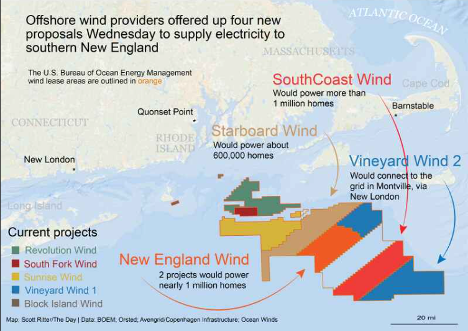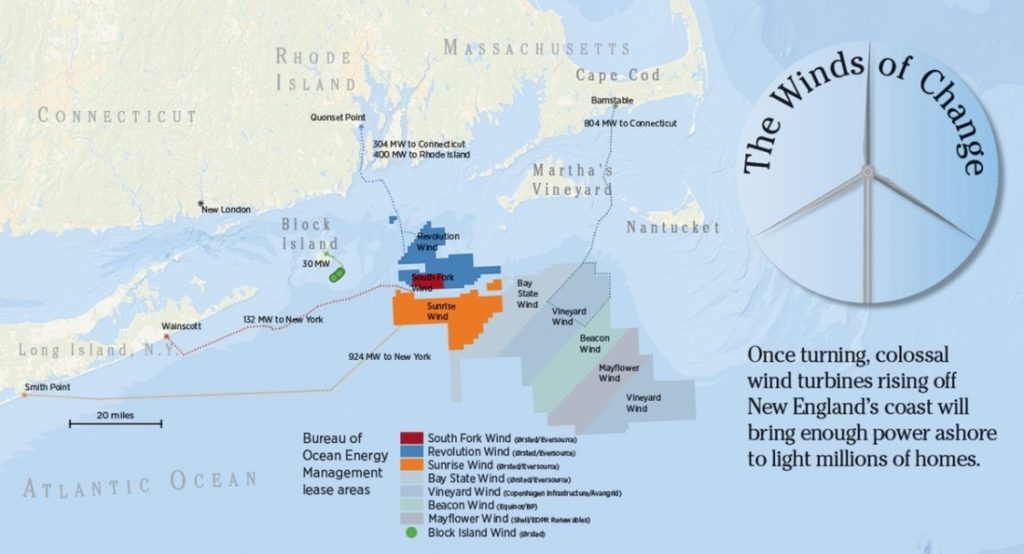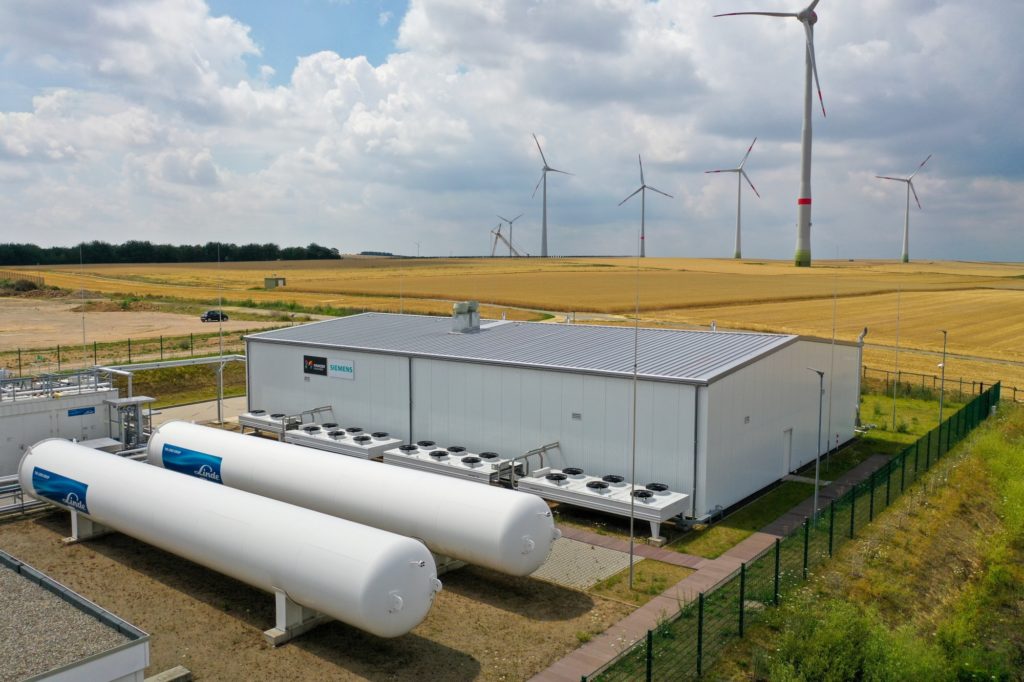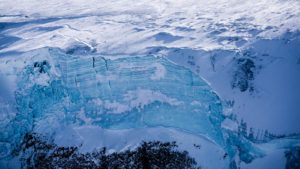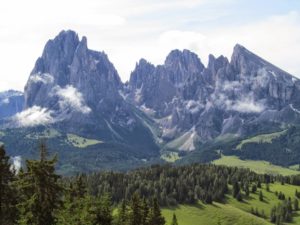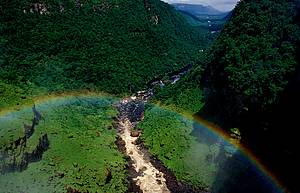Outlook for US Offshore Wind Projects: Favorable with High Gusts
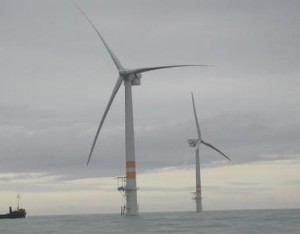
By: Jennifer Zajac, SNL Energy
The United States is viewed as one of the next big markets for offshore wind generation. Now that the Cape Wind project is considered more likely than not to proceed and the favorable political climate towards renewables, it is not a question of whether U.S. offshore wind farms will get built but how many.
According to SNL Energy data, there are about 37 U.S. offshore wind projects in the works. Within the next five years or so the United States will put “steel into the water” and the first offshore wind projects will come online. The reasons:
- These are not unchartered waters: While the U.S. may be unfamiliar with such projects, it’s not an unknown technology. In fact, offshore wind has some advantages over onshore wind farms.
- Americans are competitive: We want to be first at everything. If we can’t be first, then we want to do it better than the rest.
- The political climate’s favorable: The push is on for the U.S. to address climate change and invest in clean energy.
Going Offshore for Wind Generation
Utility-scale renewable projects are needed to meet growing energy demands as well as policies that promote renewable energy and address climate change. Last year, the U.S. wind industry deployed more than 8,500 MW and added 55 new manufacturing facilities and 35,000 new jobs, showing that it is “one of the bright spots of the economy,” according to American Wind Energy Association CEO Denise Bode.
More than 30 offshore wind farms are online across the globe and dozens more are in various stages of planning. The largest offshore wind in the world went online in September, Denmark-headquartered Dong Energy’s 209-MW Horns Rev 2 project off the west coast of Jutland in the North Sea.
Offshore wind has some advantages over onshore wind. Speeds are generally higher and steadier. The larger turbines can capture more wind energy, with the average offshore wind turbine generating about 3 MW and within the next decade doubling to 6 MW. In addition, offshore wind farms will not encounter as many NIMBY opponents when it comes to building transmission lines; such projects can connect to the grid of high-demand coastal areas and avoid the need to build high-voltage transmission lines from the Midwest. Even relatively wind-poor states in the Southeast such as Virginia and North Carolina are exploring offshore wind.
The best wind may be found in deep waters, and within the next 10 years it will be possible to place floating offshore wind farms. Unlike onshore wind, there are vast stretches of ocean that are available for development that won’t be hindered by restrictions and visual impact complaints.
The Race To Be the First
Cape Wind appears to have a solid lead over the rest of the proposed U.S. offshore wind projects. Touted by the developer as “America’s First Offshore Wind Farm on Nantucket Sound,” Cape Wind is the furthest along in the permitting process and has attracted the most attention. Plans call for 130 wind turbines on Horseshoe Shoal in Nantucket Sound that will have a capacity of 420 MW.
Developer Cape Wind Associates has spent about eight years and $40 million so far on its efforts to build the facility in waters 5.5 miles from Hyannis, Mass. The total price tag is estimated to be $1 billion and Jim Gordon, president of Cape Wind, is investing a large chunk of the fortune he made in fossil-fuel power plants into the offshore wind project.
“Here on the Cape, I think, opinions have really shifted over the years and the majority supports it now,” said Cape Wind Associates spokesman Mark Rodgers. “The project has been so thoroughly vetted now after so many years and so many pages of environmental impact statements that people understand now that scare tactics that have been in play here just haven’t held up.”
Rodgers believes that once Cape Wind has all the necessary approvals, it will benefit not only that offshore wind project but stakeholders working on other projects in the U.S. as well.
U.S. manufacturing companies like General Electric subsidiary GE Energy are poised to enter the market as soon as it materializes. GE, which dominates the U.S. wind market in terms of new capacity installations, built the first commercial offshore wind facility in the world, the 25-MW Arklow Bank Wind Park, off the coast of Ireland. In August, GE announced the acquisition of a Swedish offshore wind turbine company. The company is focusing on developing quality offshore wind turbines and waiting for the U.S. offshore wind market to establish itself.
Policies Propelling Renewable Energy
The current U.S. political climate has not been this favorable towards renewable energy in decades. Renewable energy advocates, including the American Wind Energy Association, say that the Obama administration has increased the chances that the U.S. will adopt favorable policies for wind and other forms of renewable energy. Currently, 28 states and the District of Columbia have a renewable portfolio standard, some of which have already taken steps to make their targets more aggressive, such as California, Hawaii and New Jersey.
Offshore wind generation and other renewables also stand to benefit from the mounting pressure on the U.S. to enact a federal climate change policy. The Obama administration has been pushing for the Senate to pass climate legislation prior to the December UN climate change summit in Copenhagen.
Facing Common Hurdles
While offshore wind may be new to US coastlines, the obstacles it faces are not. The lack of long-term policy commitments, NIMBY concerns, inefficient regulatory approval processes and scarcity of skilled workers are among the issues. Then there is the matter of funding such projects, which will be more expensive than onshore wind farms.
But as many different kinds of generation projects have proved, these challenges are not insurmountable. So it will not be long before offshore wind farms physically are on the U.S. horizon.
Original article here: http://www.renewableenergyworld.com/rea/news/article/2009/10/outlook-for-us-offshore-wind-projects-favorable-with-high-gusts
